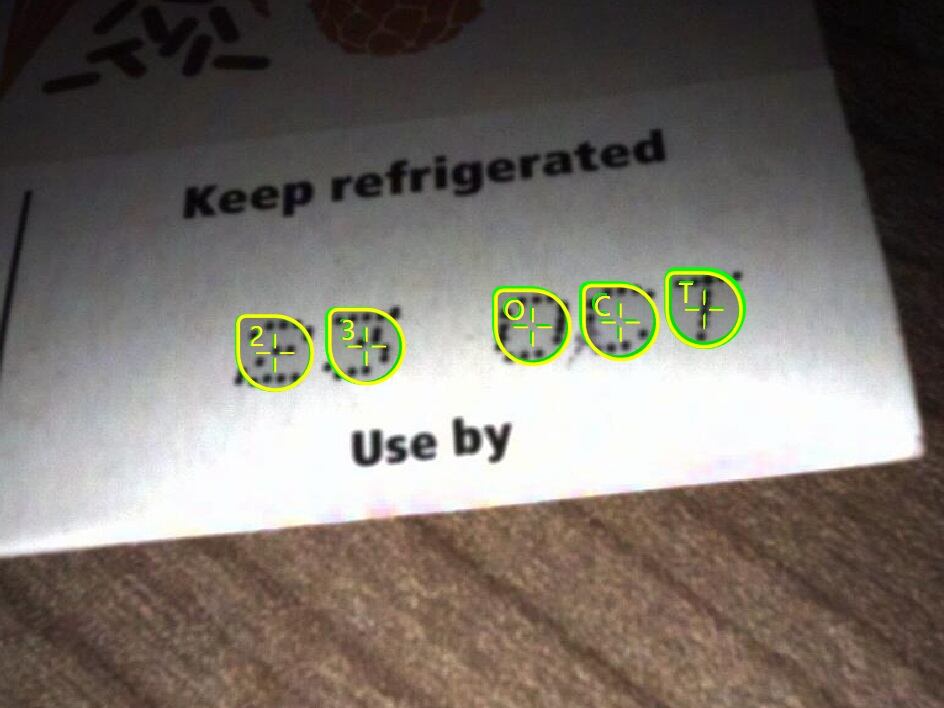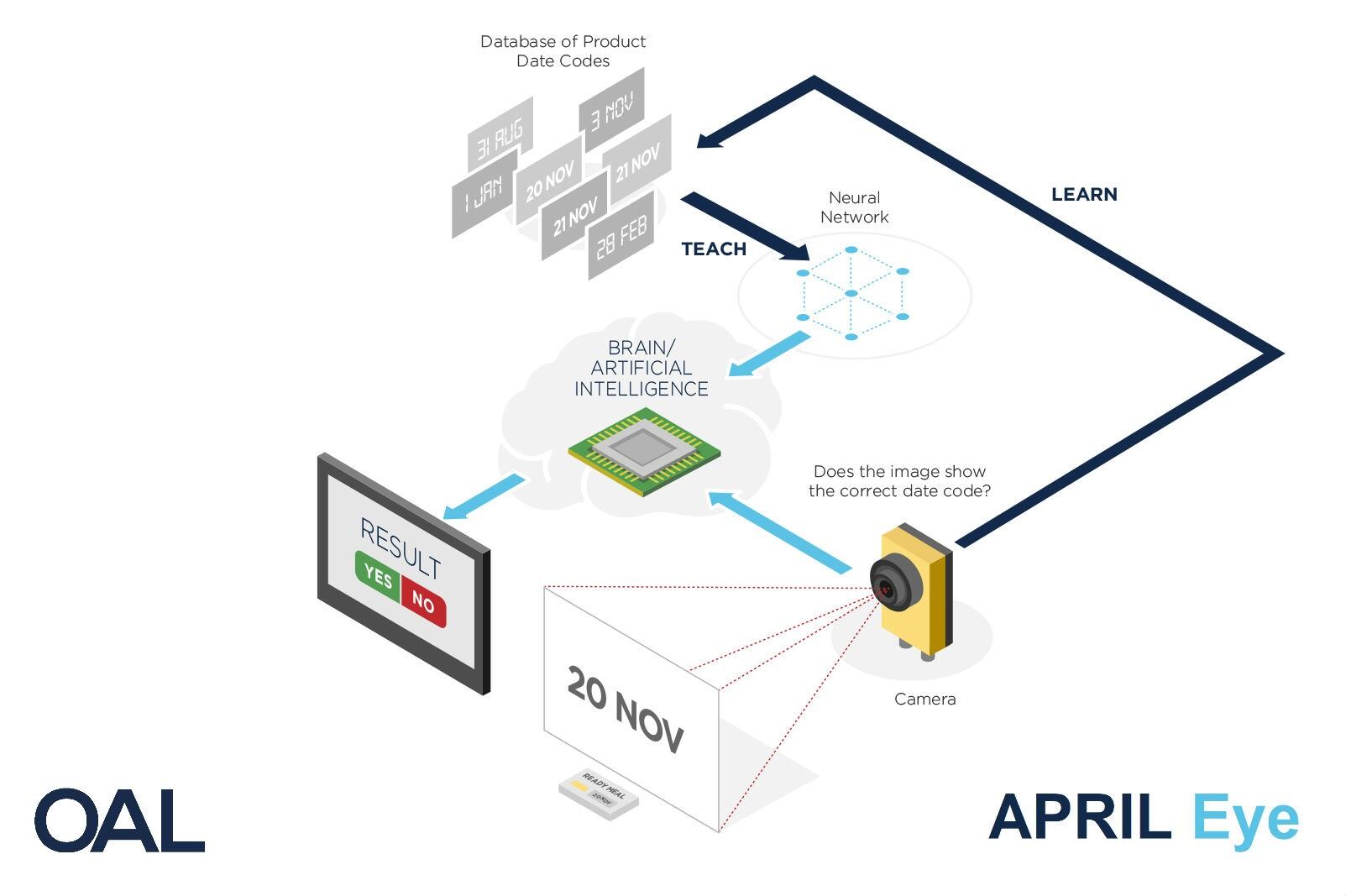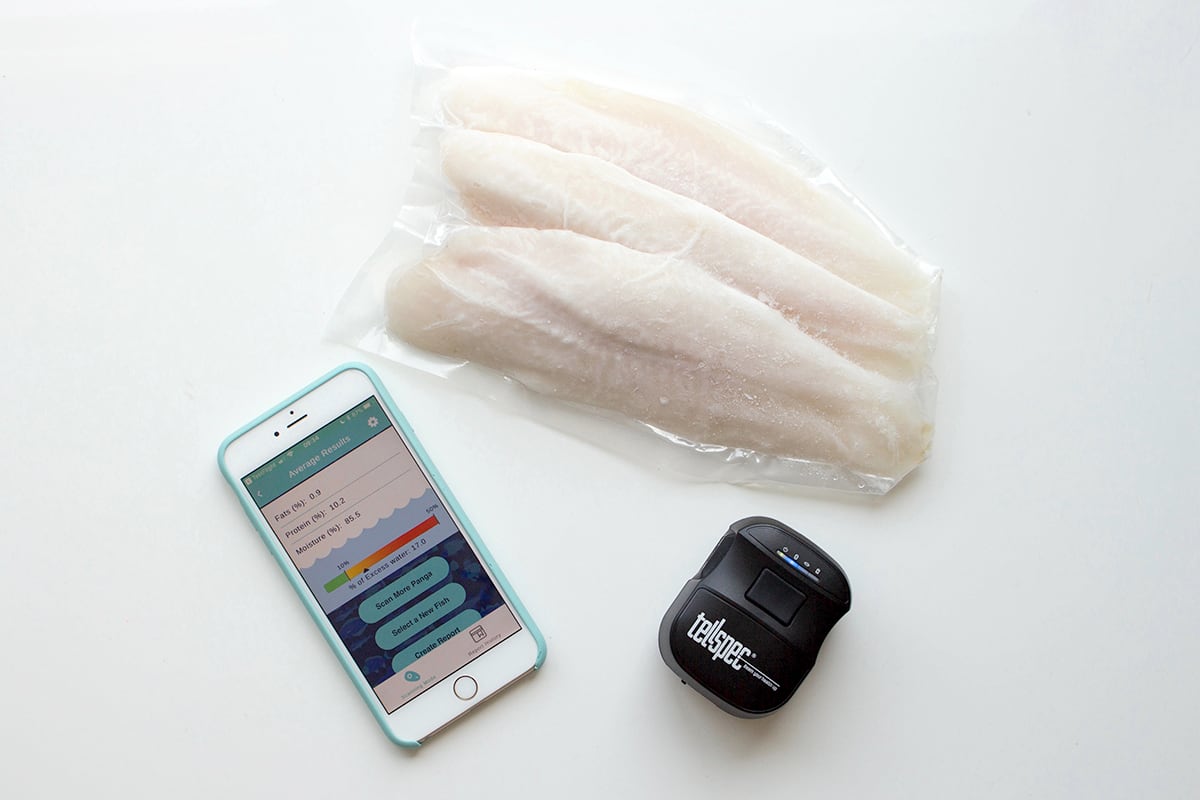The patent-pending technology, APRIL Eye, removes the operator from the date code verification process. By fully automating the date code verification system, the new tech cuts the risk of product recalls caused by human error on packaging lines.
Wayne Johnson, OAL Connected Director, said that the development came out of personal experience of the difficulties caused to food makers by product recalls. “Having experienced the pain of EPWs and product recalls first-hand, I was determined to develop a product that would offer food and beverage manufacturers a bullet-proof solution to avoid problems linked to label and date code verification.”

Not only is APRIL Eye more accurate, it is traceable and more efficient too, its developer claims. “Reaching speeds of over 300 packs a minute, APRIL Eye can make a significant improvement to processes, safety, quality and efficiency and deliver cost savings to food and beverage manufacturers on their packaging lines.”
This speed opens the door to increased throughput without compromising on quality and safety, the food tech innovator added.
‘Transforming’ the traditional process
The use of machine learning and AI has enabled OAL to “transform” the traditional date code verification process, which relies on operators to check date codes are printed accurately. This removes human errors that can creep into these “boring repetitive tasks”.
The company claims APRIL Eye is also a step up from existing vision-based systems on the market, which rely on optical character recognition designed to read specific characters. Because inkjet printers are commonly used in the food industry – and have a high degree of variability – legacy vision systems have witnessed limited update.
“We’ve completely turned vision systems on their head, allowing manufacturers to move to unmanned production, improve traceability and reduce costs across the board. APRIL Eye gives them the security they need to do this as it really is a fail-safe solution,” Johnson suggested.
APRIL Eye explained

OAL’s APRIL Eye takes a photo of each date code and reads them back using scanners to ensure they match the programmed date code for that product run. The data is read by an “artificial brain” that can deal with variations in lighting, positioning, print quality and placement. The production line comes to a complete stop if a date code doesn’t match, ensuring that no incorrect labels can be released into the supply chain.
Fighting food waste
APRIL Eye stemmed from an initiative led by a large retailer to eliminate food waste in the supply chain by preventing human error.
Incorrect date codes and packaging is one of the largest sources of food waste: a £60-80 million problem in the UK, excluding energy and environmental impact.
OAL spearheaded the development as part of its Food Manufacturing Digitalisation Strategy, supported by the University of Lincoln and Innovate UK grant funding. The Strategy is designed to investigate how artificial intelligence can revolutionise this key area of the food manufacturing process.
APRIL Eye was first deployed with two unnamed “leading global manufacturers” and has since been rolled out across existing OAL Connected customers. The company revealed there have been zero EPWs related to date code errors to date.
A hand scanner solution and in-line scanning are already available, with a standalone audit solution coming later in the year.




